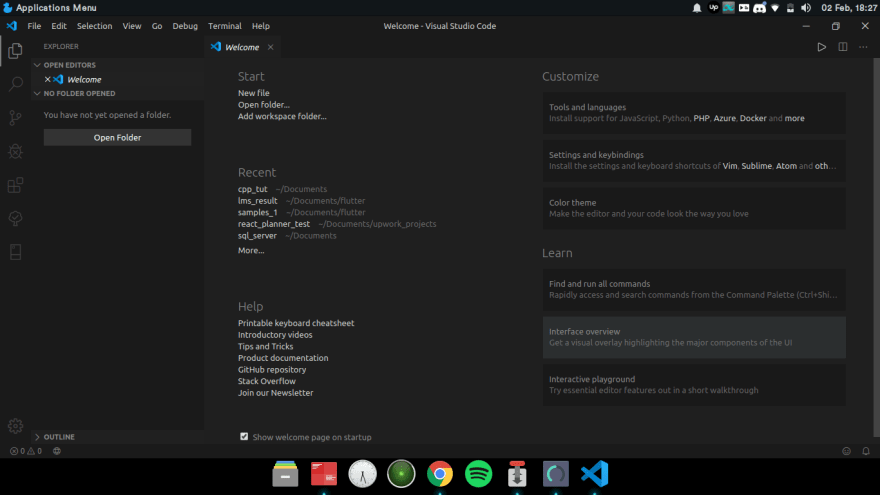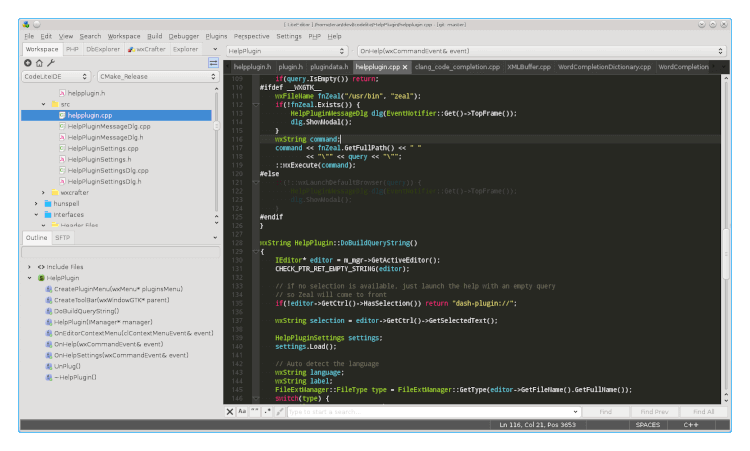Programs With Multiple Files Dev C++
Whether you want to quickly touch up a few questionable notes or meticulously polish an entire performance, Auto-Tune for PC offers the professional pitch correction and classic effects you’re looking for.In addition to key and scale, Auto-Key also tells you the reference frequency of your music. Antares Autotune VST also includes Flex-Tune and Humanize for more transparent and natural-sounding tuning, and Low Latency mode so you can perform in real time without distracting delay.It also features Time Correction for non-destructive time editing, as well as Formant Correction, Vibrato Controls, and Throat Length Modeling. It includes both Auto Mode, for real-time pitch correction and effects, and Graph Mode, for detailed pitch and time editing. Auto tune 8 prices. Added automatic key detection with the new Auto-Key plug-in (included with Auto Tune purchase), Classic Mode for the “Auto-Tune 5 sound,” real-time MIDI Control, and ARA for closer integration with supported DAWs.Both the Auto Mode and Graph Mode interfaces have been redesigned to offer the most efficient, flexible, and intuitive workflow for professional users and beginners alike. For twenty years, the tool has been the professional standard for pitch correction, and the tool of choice for the most iconic.Now, with the introduction of Auto-Tune Evo VST, it’s more versatile and easy to use than ever before, thanks to a totally redesigned interface and powerful new processing, editing, and navigation features.
C Programming Code to Merge Two Files. Following C program merge two files and store the content of both file into another file. So the following C.
The most basic multi-module monster project in C programming has two source code files. Each file is separate — written, saved, and compiled individually — but eventually brought together as one unit by the linker. The linker, which is part of the build process in Code::Blocks, is what creates a single program from several different modules.
Programming with the Dev C IDE 1 Introduction to the IDE Dev-C is a full-featured Integrated Development Environment (IDE) for the C/C programming language. As similar IDEs, it offers to the programmer a simple and unified tool to edit, compile, link, and debug programs. It also provides support for the management of the. Feb 12, 2019 For larger projects, you will want to split your code into header files (.h) and source code files. This will allow you to re-use your classes in multiple projects. It will cut down on compile. Mar 13, 2020 I had to reset my pavilion g6 hp a few months back. I now have a issue with my c drive not having any space. I noticed under my programs that I have 3 of the multiple visual c 2005 restributable, 7 of the multiple visual c 2008 restributable, and 2 of the multiple visual c 2010 restributable, 2 multiple visual c 2011 restributable, and 1 visual c 2012 restributable. May 13, 2010 Hey guys the dude that asks newbie questions here again. Today i have a question regarding using more then 1.cpp file a quick example: I have the math part of my program in one cpp and the general rest in the int main.cpp file and i pass variables between these 2. How can I read multiple files in C in the same program? I have made a program to read pdb protein structures in C. The problem now is I have 230 such protein structures (in pdb format similar.
What’s a module?
A module is a source code file and its compiled object file. Together, the source code and object files are a module. Then the various object files are linked to build a program. The entire operation starts with separate source code files.
THE MAIN.C SOURCE CODE FILE
Exercise 1: Fire up a new project in Code::Blocks named ex2401. Create the project as you normally would: Type the source code from The main.c Source Code File into the editor as the contents of the main.c file. Save the file.
Don’t build yet! After all, the code references the second() function, which doesn’t seem to exist anywhere. It’s prototyped, as is required for any function that’s used in your code, but the second() function is found in another module. To create that module in Code::Blocks, follow these steps:
Save the current project, ex2401.
Choose File→New→Empty File.
Click the Yes button when you’re prompted to add the file to the active project.
The Save File dialog box appears.
Type alpha.c as the filename and then click the Save button.
The new file is listed on the left side of the Code::Blocks window, beneath the Sources heading where the main.c file is listed. A new tab appears in the editor window, with the alpha.c file ready for editing.
Click the alpha.c tab to begin editing that file.
Type the source code from The alpha.c Source Code File into the alpha.c file in Code::Blocks.
Save the ex2401 project.
Build and run.
THE ALPHA.C SOURCE CODE FILE
Here’s the output you should see in the test window on your computer:
The two source code files aren’t “glued together” by the compiler; each source code file is compiled individually. A separate object code file is created for each one: main.o and alpha.o. It’s these two object code files that are then linked together, combined with the C standard library, to form the final program.
The main module for a multi-module C program is traditionally named main.c. That’s probably why Code::Blocks names the first (and, often, only) project source code file main.c.
Only source code files contained within the same project — found beneath the Sources branch — are linked together.
To compile and link source code files in a terminal window, use the following command:
This command compiles the source code files main.c and alpha.c, links together their object files, and then creates as output (-o) the program file ex2401.
- C++ Basics


- C++ Object Oriented
- C++ Advanced
- C++ Useful Resources
- Selected Reading
Program comments are explanatory statements that you can include in the C++ code. These comments help anyone reading the source code. All programming languages allow for some form of comments.
C++ supports single-line and multi-line comments. All characters available inside any comment are ignored by C++ compiler.
C++ comments start with /* and end with */. For example −
A comment can also start with //, extending to the end of the line. For example −
When the above code is compiled, it will ignore // prints Hello World and final executable will produce the following result −
Programs With Multiple Files Dev C Mac
Within a /* and */ comment, // characters have no special meaning. Within a // comment, /* and */ have no special meaning. Thus, you can 'nest' one kind of comment within the other kind. For example −